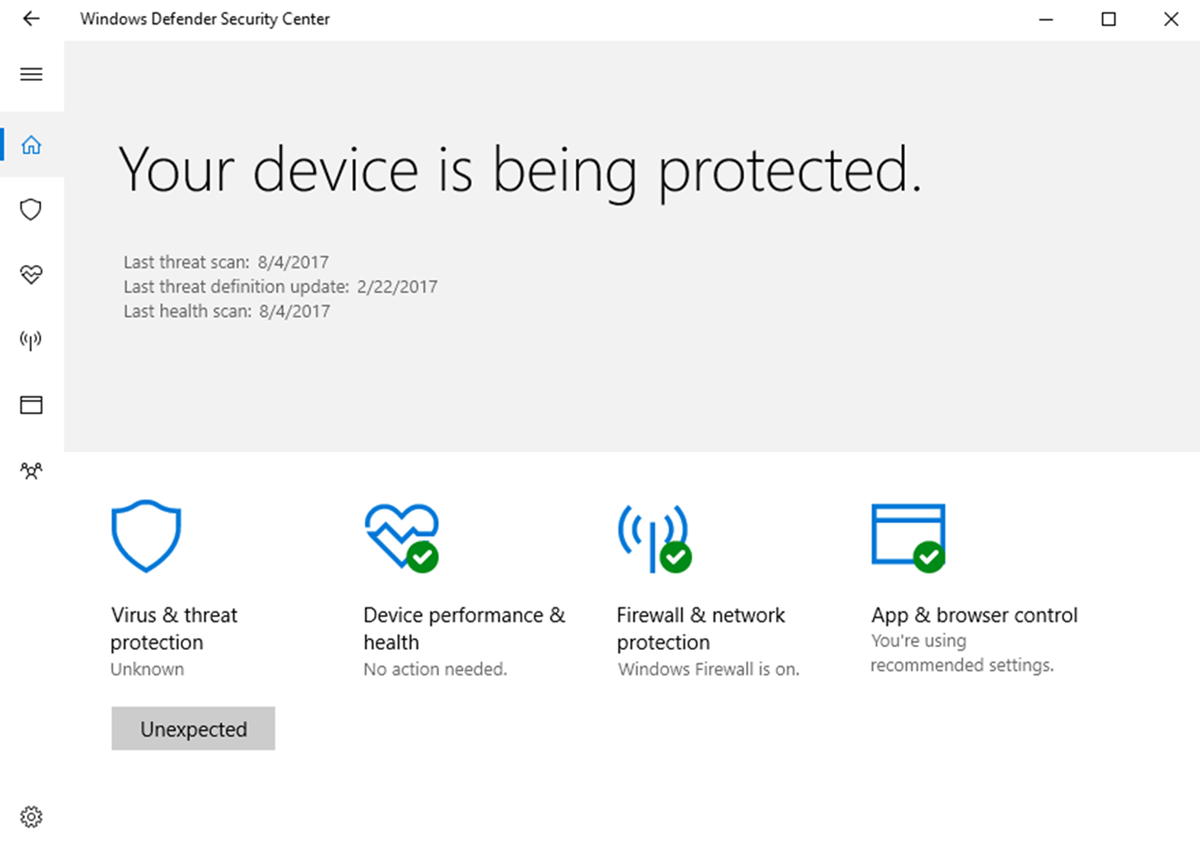Dealing with a sluggish computer due to high CPU usage from the Antimalware Service Executable (MsMpEng.exe)? You’re not alone. In this comprehensive guide, we’ll explore the reasons behind this issue and provide effective solutions to get your system running smoothly again.
Educate – What is Antimalware Service Executable?
The Antimalware Service Executable, also known as MsMpEng.exe, is a vital component of Windows Defender, responsible for real-time protection against malware. Running in the background, it actively scans files and programs, ensuring your system is safeguarded against potential threats.
Explain – Why does Antimalware Service Executable Use High CPU?
While the Antimalware Service Executable is crucial for real-time protection, it sometimes leads to high CPU usage. This can occur due to constant background scanning for real-time protection, resource-intensive full scans, and the self-scanning function of the Windows Defender directory. Other potential causes include low hardware resources, conflicts with software components, malware infections, misconfigured Windows files, and outdated Defender definitions.
Address – How to Fix High CPU Usage By MsMpEng.exe in Windows 10:
Fix #1: Scan your Computer for Malware Begin by running a full system scan using Windows Defender or reliable third-party antivirus software to eliminate any potential malware causing high CPU usage.
Fix #2: Change Windows Defender Scheduling settings Reschedule Windows Defender scans during periods of low PC usage to prevent disruptions. Adjust settings in the Task Scheduler to suit your preferences and improve system efficiency.
FIX #3: Add Antimalware Service Executable to the Windows Defender’s exclusion list Exclude the Antimalware Service Executable folder from scans by adding it to the Windows Defender exclusion list. This addresses the issue without removing the executable itself.
Fix #4: Disable Windows Defender Service As a last resort, consider disabling the Antimalware Service Executable through the registry editor. Note that this leaves your system vulnerable, so it’s recommended to have an alternative antivirus program in place.
Fix #5: Roll Back Windows Defender Definition Updates If the issue persists, roll back to a previous Windows Defender definition update. This can be effective in resolving false positives that may overload your system.
Action – Implementing the Fixes: Follow the step-by-step instructions provided for each fix to efficiently address the high CPU usage by Antimalware Service Executable. Ensure that you understand the potential risks associated with disabling Windows Defender and take necessary precautions.
Summary
By understanding the functions of the Antimalware Service Executable and addressing the root causes of high CPU usage, you can restore your computer’s performance. Whether it’s adjusting scheduling settings or excluding specific folders, these solutions offer a comprehensive approach to resolving the issue. Implement these fixes and enjoy a seamlessly functioning system once again.
Remember, maintaining a balance between security and system efficiency is crucial. Stay informed, take action, and bid farewell to the frustrations of high CPU usage caused by Antimalware Service Executable.
Note: Before making any changes, kindly consult with a technical expert to ensure the accuracy and effectiveness of modifications in the provided guide on resolving high CPU usage with ‘Antimalware Service Executable’ on Windows. Their expertise will help maintain the integrity of the information and optimize the article for technical accuracy.

